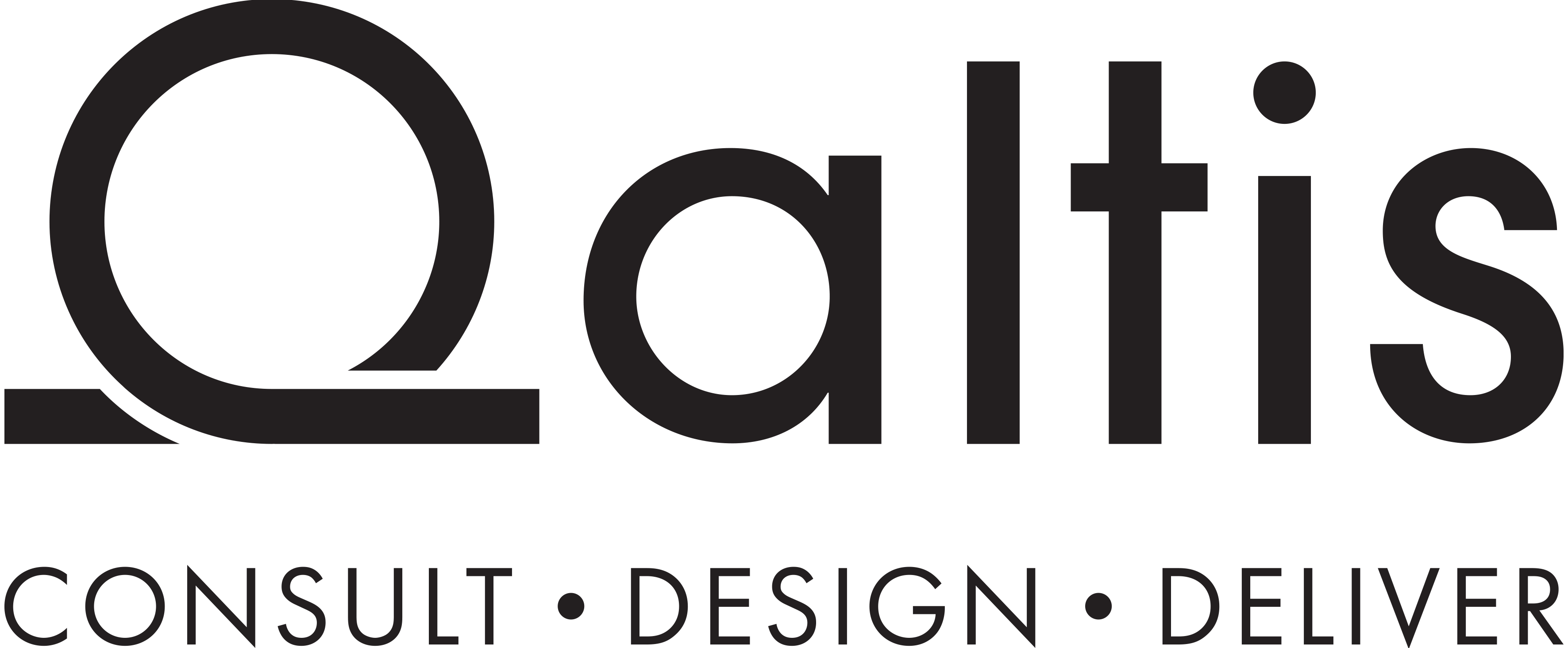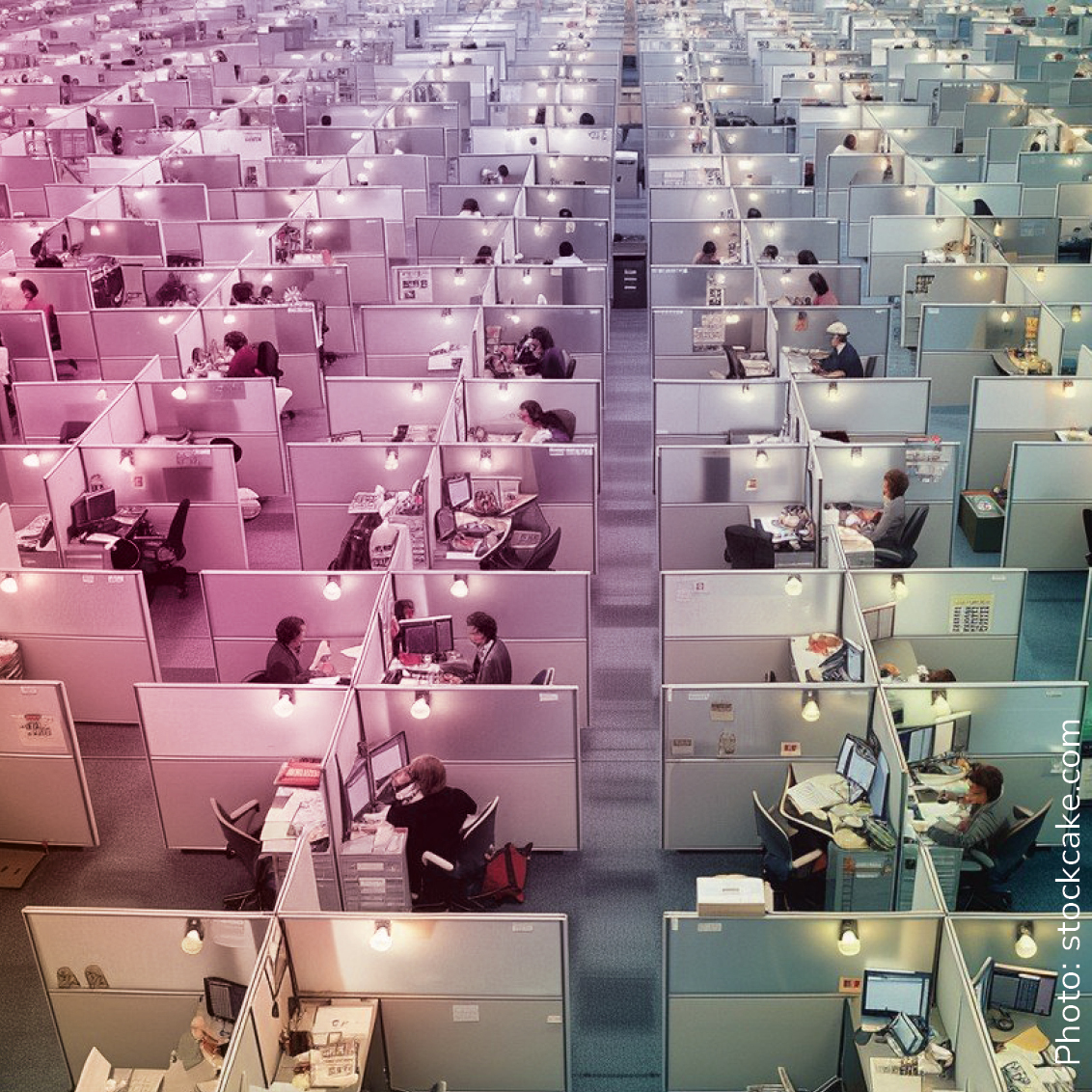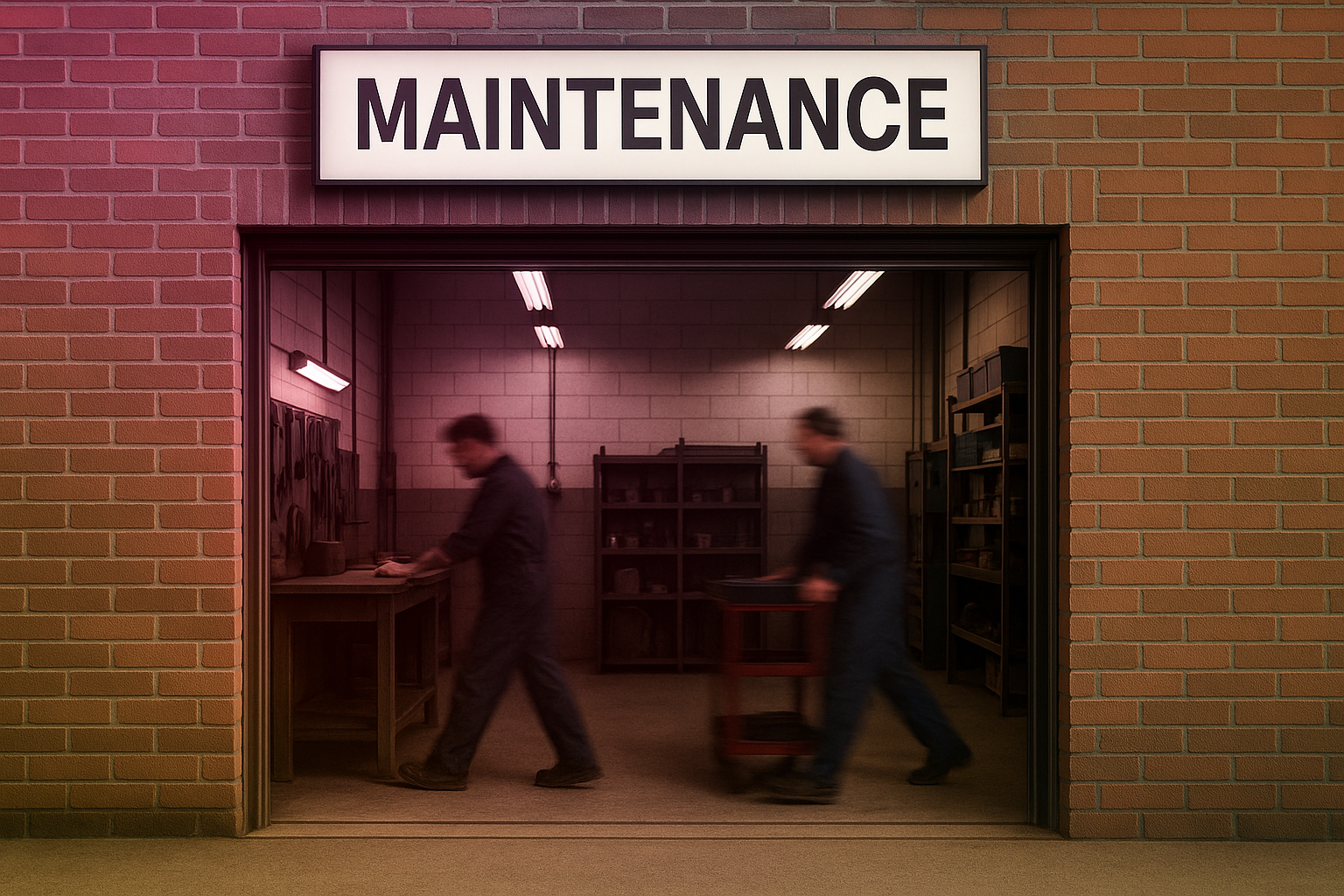The Comfort of Limits
There’s a strange kind of peace in limits. Perhaps because they remind us that everything, even the sense of freedom, needs a form. In architecture, as in life, constraints are not just barriers, but what allows thought to become design: the wall that defines space, the rule that guides creativity, the time that sets an end. We thought it was restriction; it’s really a matter of rhythm.
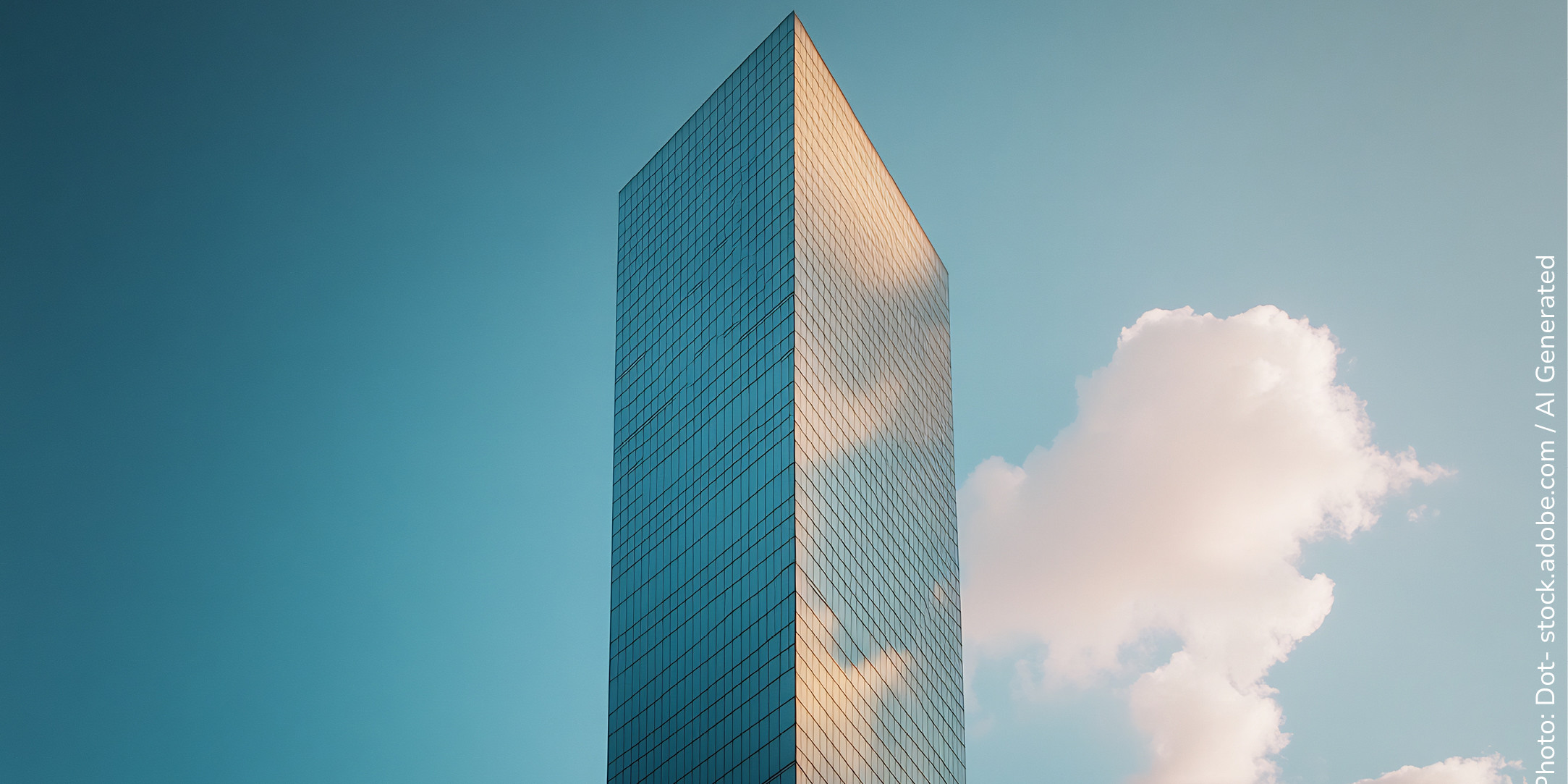
The limit as a frame
The Finnish architect and designer Alvar Aalto once said that architecture is born from respect for the material, and that material, by its nature, imposes a limit.
Think of the possible curvature of wood, the resistance of brick, the transparency of glass. It is the material itself, with its rules and its resistance, that turns an idea into form. The same applies to the mind: neuroscience shows that a finite number of possibilities enhances focus and reduces decision stress. Too many options, too many openings, and the brain short-circuits. The limit, then, becomes a cognitive ally, the condition that enables us to choose, to order, to create.
Containing to breathe
What if it were a matter of reversing our perspective? We live in a culture that constantly asks us to expand: to produce more, connect more, open up ever more. And yet, true wellbeing often stems from containment. Like in a Japanese Zen garden, where the boundary doesn’t close but directs the gaze, workspaces too can be conceived as limited yet generative ecosystems: not everything everywhere, but the right things where they are needed. Take a familiar thought: “How nice, now I can work from the sofa.” But do we really work well from that sofa? Total freedom only works as long as there is a context that holds it: a stretch of time, a posture, a threshold that distinguishes work from what is not. Context means constraint — some things I can do, others I can’t — and precisely for that reason I can focus, produce, and finally, breathe.
Measure as a creative act
There’s beauty in designing with measure: deciding where to stop, how much space to leave, how much time to dedicate. It’s an ethical gesture before it is an aesthetic one. The limit becomes a sign of care, a threshold that protects us first and foremost from ourselves.
And perhaps true luxury today is living within a considered perimeter, a space that doesn’t push us towards infinity, but invites us to find our own form of stillness. Let’s say it together: absolute freedom disorients; the right limit embraces.
The Science of Belonging
In one scene from Good Will Hunting (1997), an intense Robin Williams, in the role of the therapist, says to a very young Matt Damon:
“You’re afraid of what you might become if you let someone in.”
It’s not just a line about an untameable genius. It’s a line about trust: about how complex it is to grant it, to open up, to find your own place. At work, it happens all the time. We move between teams, calls, shared projects, and yet often remain on the emotional margins of what we build. Because to truly belong means allowing ourselves to be seen with our voice, our vulnerability, our presence. And we are not always willing to do that.
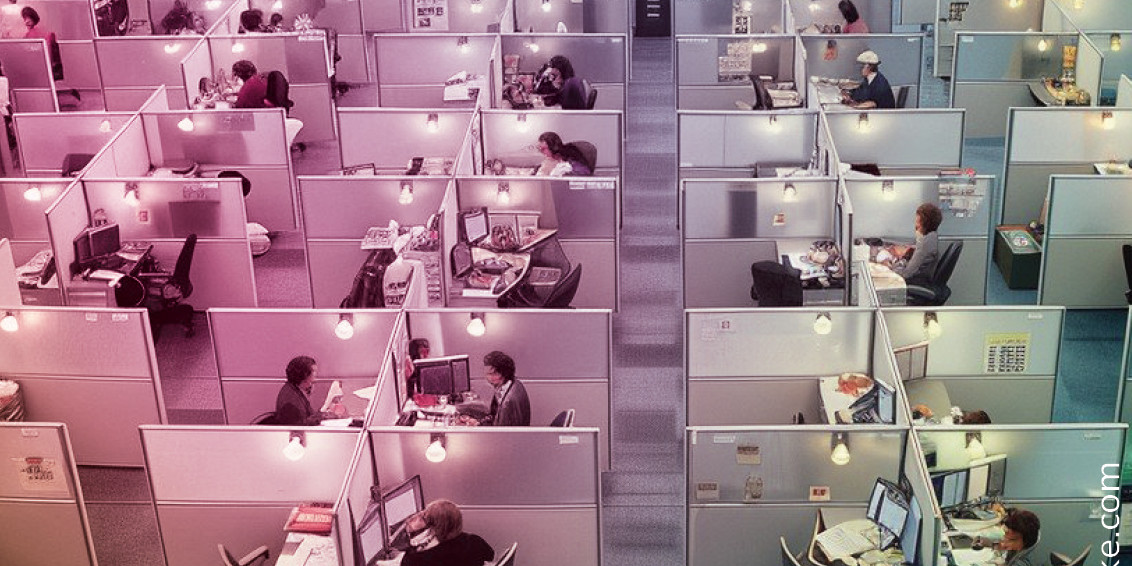
More than empathy: psychological safety
This is where the concept of psychological safety comes in, coined in 1999 by Amy Edmondson, Professor of Leadership and Management at Harvard: the belief that a group performs better when everyone feels free to speak up, make mistakes, propose ideas. Safety, not comfort. It’s not about eliminating risk, but about creating a context in which risk is sustainable. Where trust becomes a platform rather than a vague promise. If the fear of being judged shuts expression down, the certainty of being able to contribute multiplies it. It is precisely from this awareness that Emotion Based Working (EBW) was born: the approach developed by Altis to design spaces starting from the emotions they are meant to sustain. EBW turns what is often intangible into method: the relationship between architecture and emotional states. Designing places where people feel they belong, therefore, means giving shape to trust, empathy and shared identity.
Measuring the immeasurable
So can we measure “feeling part of something”? To some extent, yes. Neuroscience talks about hormones such as oxytocin and dopamine; psychology speaks of motivation; marketing of engagement. But the truest indicator remains human: the spontaneous willingness to stay, to contribute, to take care. In Altis projects, this translates into spaces that encourage encounters, but also individual recognition. Shared areas, yes, but also personal niches: because collective belonging can only be built if everyone can find their own place, physically and emotionally.
Belonging, in the end, is not a state. It is a verb in constant conjugation. A daily, quiet practice of caring for context. Because no open space, on its own, is enough to make us feel part of something, but a space designed around people can still make us say, with sincerity, “I feel good here.”
If this reflection feels even a little like yours, write to us at [email protected] and let’s talk about it.
A Mental Maintenance Manual
Before you dive into this article, let’s run a quick check: a kind of inner service, in the form of an (almost) serious checklist to consult whenever you feel you’re overheating.
1) Notifications off, or are you still working inside the noise?
2) Inbox at zero, energy at zero too? Time for a reboot
3) If your chair squeaks… maybe it’s just you needing to stretch
4) Last mental pause: can’t remember? Then you’re overdue for one
5) Staring at the screen for clarity rarely brings clarity
6) Your brain runs on oxygen, not caffeine
7) A five-minute walk can solve what a one-hour meeting can’t
8) Multitasking: the fastest way to do three things badly at once
9) Silence isn’t empty, it’s part of the system reset
10) If you’re reading this during a meeting, congratulations, you’ve just found the most productive minute of it
If at least one of these lines has triggered a thought, it might be worth looking a little deeper. Because every day architecture designs spaces, inspects systems, checks certifications and safety protocols, but is it really able to maintain the minds that inhabit them? The brain, after all, is a precision machine. And like any machine, if it isn’t cared for, it breaks down.
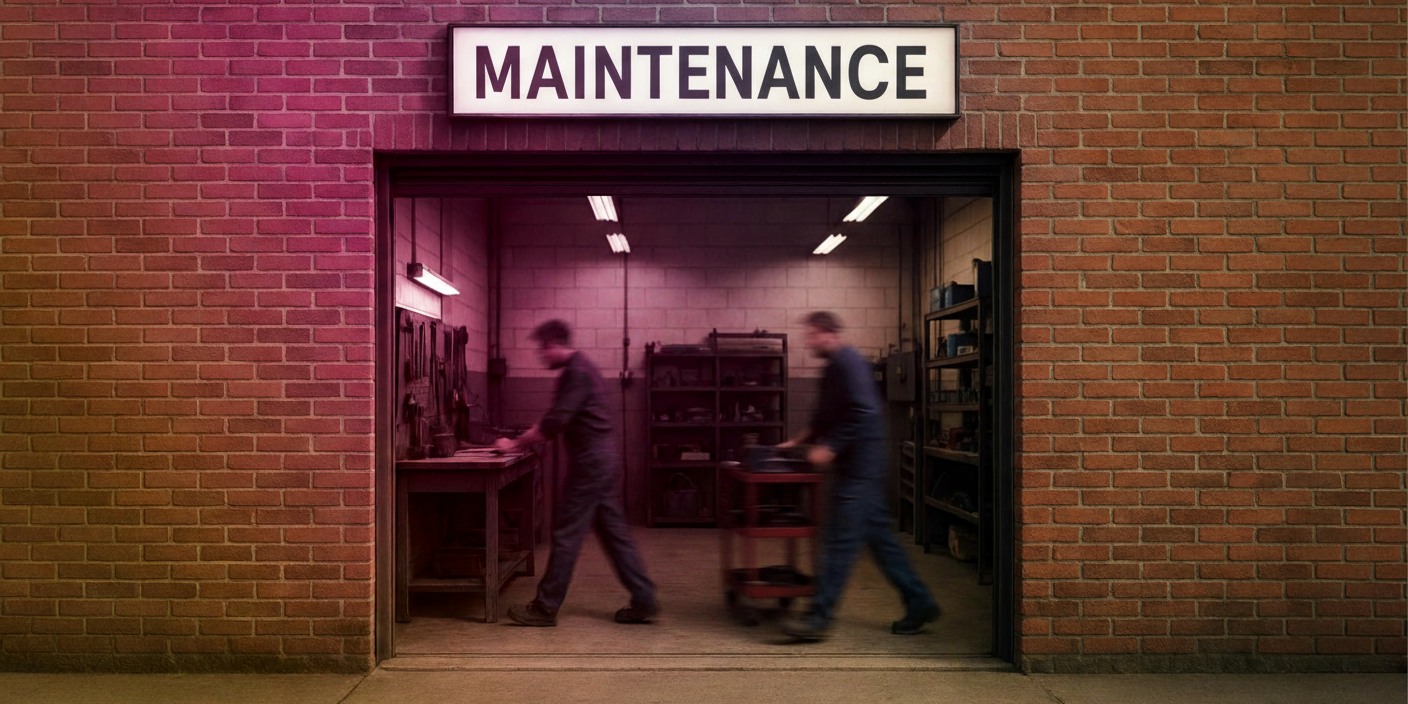
Thinking, version 2.0
In engineering, preventive maintenance is the set of actions that help avoid a breakdown. Translated into the world of work, it means learning to spot the signals before they turn into blocks: information overload, loss of focus, pointless meetings, chronic multitasking. Altis also works on this plane, the plane of cognitive design, because a space only truly works if the people inside it are able to function well. Mental maintenance is, in every respect, both a technical and a human act: a regular check-up of the way we think, collaborate, act.
Lubricating the circuits
Like oil in an engine, the mind needs fluidity. Short, regular breaks; changes of posture; natural light; micro-movements: elements design can encourage and neuroscience confirms as essential to performance. Thinking does not regenerate under constant stress: it needs controlled friction and cooling points. Quiet areas, decompression routines and moments of recalibration, even a simple conscious breath, are all part of everyday maintenance.
Repairing, not replacing
In industry, the instinct is to replace what no longer works. With people, it’s smarter (and more ethical) to repair. Mental maintenance means recognising friction: a team that communicates poorly, a leadership that’s always “on”, an organisation that leaves no room for recovery, and intervening with precision, not punishment. It’s a shift in paradigm: from the cult of productivity to a culture of longevity.
Mental maintenance is an act of design care that Altis considers part of its method: Consult, Design, Deliver, useful especially when the construction site is still in our minds. To find out more, write to us at [email protected].
